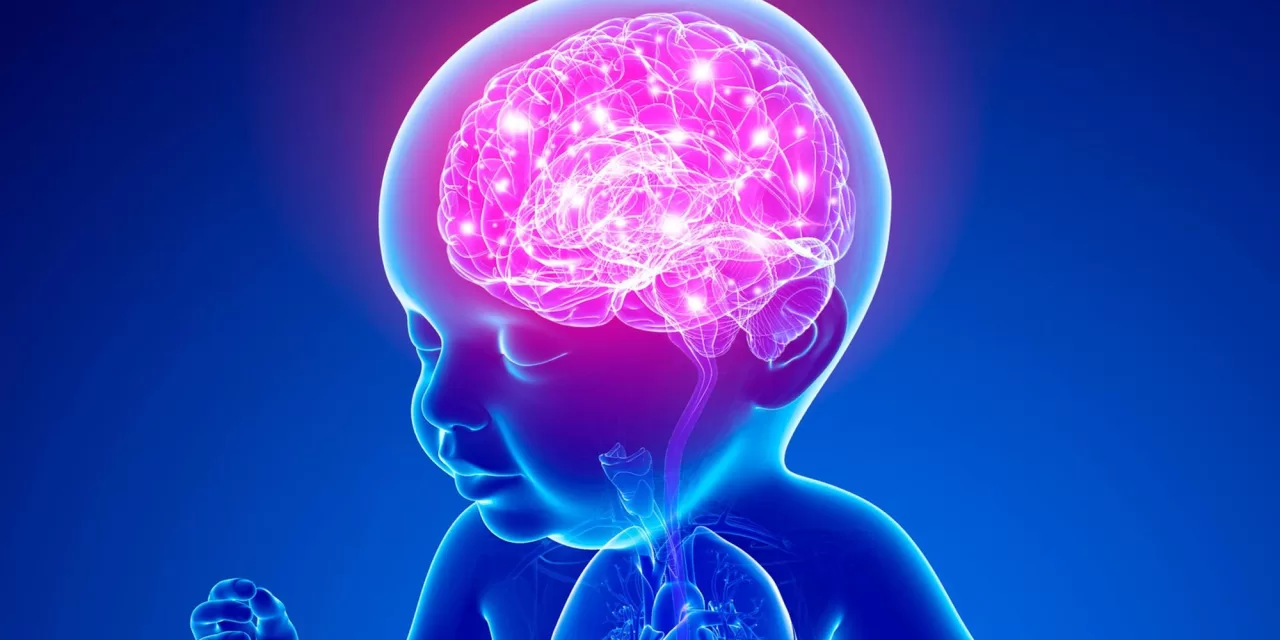New York, NY — A groundbreaking study published in PLOS Biology has revealed remarkable insights into how the human brain undergoes rapid rewiring during the transition from fetus to newborn. Led by Lanxin Ji and Moriah Thomason of the New York University School of Medicine, the research highlights a global surge in functional connectivity between brain regions at birth, a process that may equip the brain to adapt to the external environment.
The study leverages a large dataset of functional magnetic resonance imaging (fMRI) scans to map developmental trajectories of brain networks between 25 and 55 weeks of post-conceptual gestational age. The sample included 126 fetal scans and 58 infant scans from 140 participants, offering unprecedented detail about the critical weeks surrounding birth.
Region-Specific Brain Development
The researchers discovered that the changes in brain connectivity during this period are far from uniform. While some regions showed minimal alterations in resting-state functional connectivity (RSFC) — the neural activity occurring during rest — others underwent profound transformations.
Notable changes were observed in the subcortical network, sensorimotor network, and superior frontal network, signaling these areas as hotspots for reorganization during the birth transition.
Subcortical Network: A Critical Communication Hub
The subcortical network emerged as a pivotal player, showing significant increases in communication efficiency among neighboring nodes. Acting as a central hub, the subcortical network coordinates nearly all information flow between the cortex and other brain regions, as well as among cortical areas themselves.
In contrast, gradual increases in connectivity efficiency were observed in sensorimotor and parietal-frontal regions, suggesting ongoing refinement of neural connections to optimize brain function during early life.
Implications for Future Research
“This study for the first time documents the significant change of brain functional networks over the birth transition,” the authors noted. “We observe that growth patterns are regionally specific, with some areas of the functional connectome showing minimal changes, while others exhibit a dramatic increase at birth.”
The findings provide a foundation for understanding how environmental factors — such as prenatal adversity, prematurity, or sex — influence brain development. By identifying the critical windows and regions of change, the research could guide interventions to support brain health in vulnerable populations.
Charting the Beginnings of Human Cognition
Understanding the timeline and mechanisms behind early brain development is essential, according to the study authors. The rapid connectivity changes observed at birth may be crucial for preparing the brain to navigate and adapt to the external world.
As researchers continue to probe the mysteries of early life brain development, this study marks a major step forward, shedding light on the remarkable transformations that occur during one of life’s most critical transitions.
Reference: Ji, L., Menu, I., Majbri, A., Bhatia, T., Trentacosta, C.J., & Thomason, M.E. (2024). “Trajectories of human brain functional connectome maturation across the birth transition.” PLOS Biology. DOI: 10.1371/journal.pbio.3002909.











